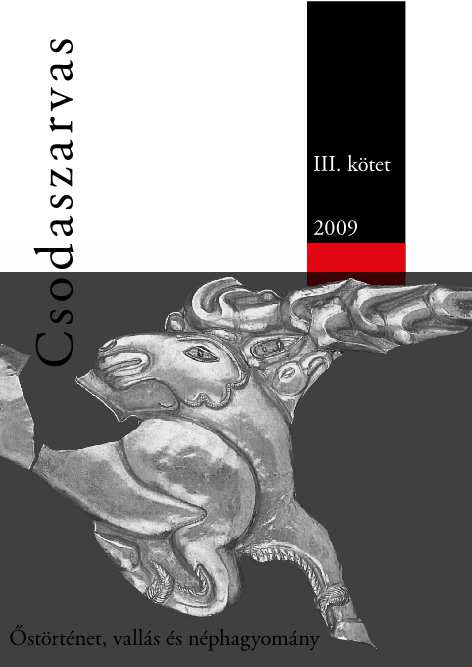Madijar: magyar eredetű néptöredék a kazakoknál?
The Madijar: A Hungarian Tribe among the Kazakhs?
Author(s): Imre Baski
Subject(s): Ancient World
Published by: Molnár Kiadó
Summary/Abstract: This study by Turkologist Imre Baski first summarizes the evidence in the domestic literature for a supposed link between Madiyar, the name of a Kazakh clan living in Northwestern Kazahkstan, and the ethnonym Magyar. In addition to both lessons learned from Madiyar origin legends and findings from DNA tests that bear out a blood relationship, the apparent identification of the Kazakh Madiyar clan name with the Magyar ethnonym features prominently among the evidence. The author demonstrates that there is no basis for identifying the Madiyar as a tribe instead of a clan and thus the expression kurultay, or meeting of tribes, is anachronistic from a Hungarian point of view and from a Kazakh perspective it simply does not square with reality. Nor do Persian, Mongol and Turkic historical sources bear out the Madiyar-Magyar identification. At the same time, the Kazakh origin legends and genealogical tables contain references to the interrelated Madiyar, Aldiyar and Hudiyar clans, the names of which derive from Arabic or Persian personal names in the Turkic languages and are all tied to Islam. Such names are categorized as rhyming or relational names, whose continued use even today can be demonstrated in Turkic languages, including Kazakh. Numerous examples in Kazakh and related languages confirm that the name Madiyar developed from the name Muhammad-i-yar, meaning "friend or follower of Muhammad," as an outcome of a succession of abbreviations. It therefore cannot possibly be linked to the Magyar ethnonym and thus cannot serve as proof for a relationship between Madiyar and Magyar.
Book: Csodaszarvas III.
- Page Range: 189-208
- Page Count: 20
- Publication Year: 2009
- Language: Hungarian
- Content File-PDF

